Home>Gardening & Outdoor>Landscaping Ideas>What Kills Grass Quickly
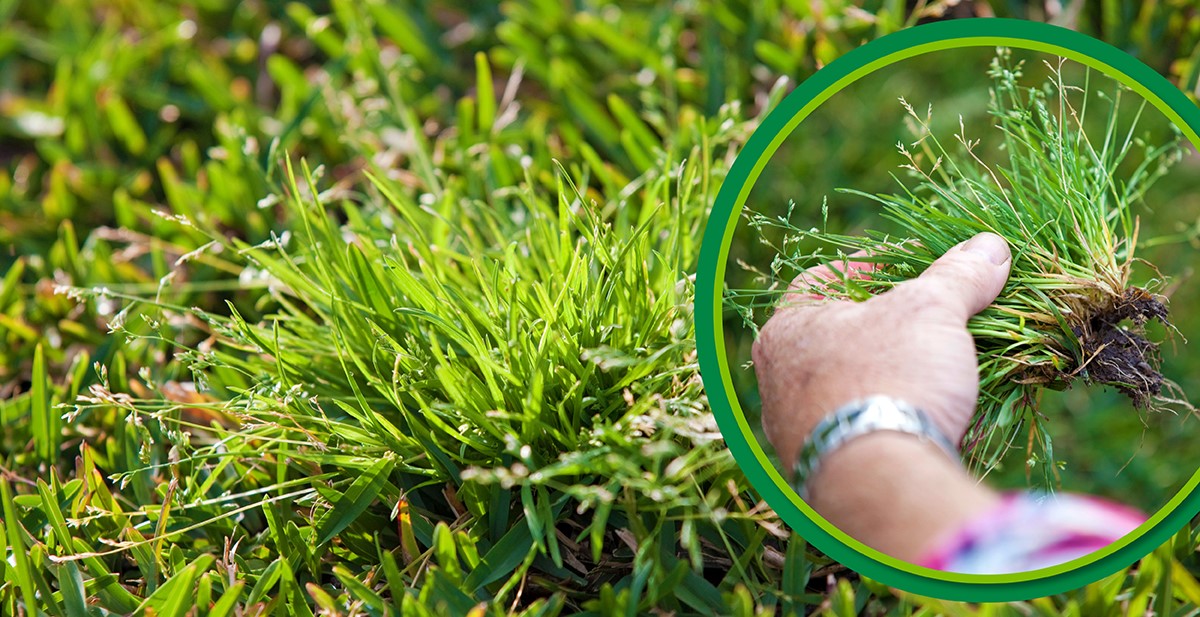

Landscaping Ideas
What Kills Grass Quickly
Modified: February 18, 2024
Discover effective landscaping ideas to quickly kill grass and transform your outdoor space. Learn how to tackle unwanted grass growth with our expert tips.
(Many of the links in this article redirect to a specific reviewed product. Your purchase of these products through affiliate links helps to generate commission for Storables.com, at no extra cost. Learn more)
Introduction
Welcome to the world of landscaping, where lush green lawns and vibrant gardens are the pride of every homeowner. However, maintaining a healthy and robust lawn requires more than just regular watering and occasional mowing. There are various factors that can lead to the demise of your grass, causing it to wither and die much quicker than you’d like. Understanding these factors is crucial in preserving the beauty of your lawn and preventing its untimely demise.
In this article, we will delve into the common culprits that can swiftly kill your grass, robbing your lawn of its vitality and aesthetic appeal. By identifying these threats and learning how to mitigate them, you can ensure that your grass remains green and flourishing for years to come.
Key Takeaways:
- Don’t drown your grass! Overwatering can suffocate roots, attract pests, and promote fungus growth. Adjust your watering schedule and ensure proper drainage to keep your lawn healthy.
- Mow smart! Cutting grass too short weakens it, while letting it grow too tall shades lower portions and invites pests. Follow the one-third rule and use sharp mower blades for a vibrant lawn.
Read more: What Kills Torpedo Grass
Overwatering
While water is essential for the health of your lawn, overwatering can be just as detrimental as underwatering. When grass is consistently drenched, its roots suffocate, leading to a lack of oxygen and nutrient uptake. This can result in the development of shallow roots, making the grass more susceptible to stress and diseases.
Overwatering can also create an environment conducive to the growth of fungus and mold, which can quickly spread and cause extensive damage to your lawn. Additionally, excessive moisture can attract pests that thrive in damp conditions, posing further threats to the grass.
To determine if your lawn is being overwatered, look for signs such as waterlogged soil, a spongy feel underfoot, or the presence of fungus and mold. Adjusting your watering schedule and ensuring proper drainage can help mitigate the effects of overwatering and promote healthier grass growth.
Underwatering
Just as overwatering can harm your grass, underwatering presents its own set of challenges. When grass does not receive an adequate amount of water, it struggles to maintain its vibrant green hue and may begin to wilt and turn brown. Underwatered grass is also more susceptible to damage from foot traffic and environmental stressors, further compromising its health.
During periods of drought or hot weather, it is especially important to monitor the moisture levels of your lawn. Signs of underwatering include grass that appears dull and lacks elasticity when walked on. In severe cases, the grass may begin to die off, leaving unsightly patches throughout your lawn.
To combat underwatering, it is essential to establish a consistent watering schedule, ensuring that your grass receives the necessary hydration to thrive. This may involve adjusting the frequency and duration of watering sessions based on the specific needs of your lawn and the prevailing weather conditions.
Implementing mulch and drought-resistant grass varieties can also help retain soil moisture and minimize the impact of inadequate watering. By addressing the issue of underwatering, you can promote healthier and more resilient grass that enhances the overall appeal of your landscape.
Incorrect Mowing
Mowing your lawn is a fundamental aspect of grass maintenance, but improper mowing practices can have detrimental effects on its overall health. One common mistake is cutting the grass too short, a practice known as “scalping.” Scalping weakens the grass by reducing its ability to photosynthesize and produce energy. This can lead to a weakened root system and make the grass more susceptible to pests, diseases, and environmental stress.
On the other hand, allowing the grass to grow excessively tall before mowing can also be harmful. When grass blades become too long, they shade the lower portions of the plant, inhibiting healthy growth and creating an ideal environment for pests and diseases to thrive.
Proper mowing techniques involve maintaining an optimal grass height based on the specific type of grass in your lawn. It’s essential to adhere to the one-third rule, which recommends removing no more than one-third of the grass blade’s length during each mowing session. This approach promotes healthy growth, encourages root development, and enhances the overall resilience of the grass.
Additionally, using sharp mower blades is crucial for achieving clean cuts that minimize stress on the grass. Dull blades can tear the grass, leaving ragged edges that are more prone to disease and moisture loss. By prioritizing correct mowing practices, you can contribute to the longevity and vibrancy of your lawn’s grass, creating an inviting and well-manicured outdoor space.
To kill grass quickly, you can use a non-selective herbicide containing glyphosate. Be sure to follow the instructions on the label for safe and effective application.
Fertilizer Burn
While fertilizers are essential for nurturing healthy grass, improper application can lead to a phenomenon known as fertilizer burn. This occurs when excessive amounts of fertilizer come into contact with the grass, causing chemical burns that manifest as brown or yellow patches on the lawn. Fertilizer burn can result from overapplication, uneven distribution, or applying fertilizer to dry soil, where it can quickly dehydrate the grass.
One of the key factors contributing to fertilizer burn is the use of fast-release fertilizers, which release nutrients rapidly and can overwhelm the grass if not applied with care. These fertilizers are more likely to cause burn if applied incorrectly, especially during hot and dry conditions when the grass is already stressed.
To prevent fertilizer burn, it is crucial to follow the recommended application rates and timings specified for the specific type of fertilizer being used. Additionally, ensuring that the grass is adequately watered before and after fertilization can help dilute the fertilizer and reduce the risk of burn. Watering the lawn after applying fertilizer also helps to carry the nutrients down to the roots, where they are needed most.
Choosing slow-release fertilizers can further mitigate the risk of burn by providing a steady and controlled release of nutrients over an extended period, reducing the likelihood of overwhelming the grass. By exercising caution and precision when fertilizing your lawn, you can nourish the grass without subjecting it to the harmful effects of fertilizer burn, ultimately fostering a lush and resilient lawn.
Read more: What Can Kill Grass
Chemical Spills
Accidental chemical spills on your lawn can spell disaster for the grass, posing a significant threat to its health and vitality. Common culprits include motor oil, gasoline, herbicides, and pesticides, which can quickly permeate the soil and cause extensive damage to the grass and underlying root systems.
Chemical spills can lead to visible discoloration, wilting, and even death of the grass in the affected areas. In addition to the immediate damage, these substances can persist in the soil, posing long-term risks to the overall health of your lawn.
In the event of a chemical spill, swift action is crucial to minimize the impact on your grass. Immediately diluting the affected area with water can help to disperse and dilute the chemicals, reducing their concentration in the soil. However, it’s important to exercise caution to prevent the spread of the chemicals to unaffected areas of the lawn.
Depending on the extent of the spill and the type of chemical involved, it may be necessary to remove the affected soil and replace it with fresh, uncontaminated soil. This can help mitigate the long-term effects of the spill and promote the recovery of the grass in the affected areas.
Prevention is key to avoiding the detrimental effects of chemical spills. Storing chemicals in secure containers and handling them with care can significantly reduce the risk of accidental spills. Additionally, exercising caution when refueling lawn equipment and using herbicides and pesticides can help prevent unintended exposure of your grass to harmful chemicals, preserving its health and vibrancy.
Disease and Pests
Grass is susceptible to a variety of diseases and pests that can swiftly undermine its health and vitality. Fungal infections, such as brown patch and dollar spot, can cause unsightly browning and thinning of the grass, compromising its aesthetic appeal. Additionally, pests like grubs, chinch bugs, and armyworms can wreak havoc on your lawn, feeding on the grass roots and foliage and creating patches of dead or dying grass.
Identifying the signs of disease and pest infestations early is crucial for implementing effective control measures. Keep an eye out for symptoms such as discolored patches, thinning grass, and unusual patterns of wilting or die-off. By promptly addressing these issues, you can prevent the rapid spread of diseases and the extensive damage caused by pests.
Implementing cultural practices that promote the overall health of your lawn, such as proper watering, mowing, and fertilization, can bolster the grass’s natural defenses against diseases and pests. Additionally, aerating the soil and overseeding with disease-resistant grass varieties can help fortify your lawn against potential threats.
When combating specific diseases and pests, targeted treatments may be necessary. This can include applying fungicides to control fungal infections or using insecticides to eradicate damaging pests. It’s important to select products that are safe for the specific type of grass in your lawn and to follow application instructions meticulously to minimize the risk of harm to the grass and surrounding environment.
Regular monitoring and proactive lawn care practices are essential for preventing and managing disease and pest issues, ensuring that your grass remains vibrant and resilient in the face of potential threats.
Conclusion
As a homeowner invested in the beauty and health of your lawn, understanding the factors that can swiftly kill your grass is paramount to its long-term vitality. Overwatering and underwatering pose significant risks, affecting the grass’s root systems and overall resilience. Incorrect mowing practices, such as cutting the grass too short or allowing it to grow excessively tall, can compromise its ability to thrive. Additionally, the improper application of fertilizers and exposure to chemical spills can have detrimental effects on the grass, leading to discoloration and wilting.
Furthermore, the threat of diseases and pests looms over your lawn, necessitating vigilant monitoring and proactive management to prevent their rapid spread and mitigate their impact on the grass’s health.
By adopting mindful lawn care practices, including proper watering, mowing, and fertilization, you can safeguard your grass against these potential threats and promote its enduring vibrancy. Regular maintenance, combined with swift and informed responses to issues such as disease outbreaks and chemical spills, is essential for preserving the lush and inviting appearance of your lawn.
Ultimately, by recognizing the factors that can swiftly kill your grass and taking proactive steps to address them, you can cultivate a resilient and visually stunning lawn that enhances the overall appeal of your outdoor space, providing a welcoming and inviting environment for you and your loved ones to enjoy.
Frequently Asked Questions about What Kills Grass Quickly
Was this page helpful?
At Storables.com, we guarantee accurate and reliable information. Our content, validated by Expert Board Contributors, is crafted following stringent Editorial Policies. We're committed to providing you with well-researched, expert-backed insights for all your informational needs.
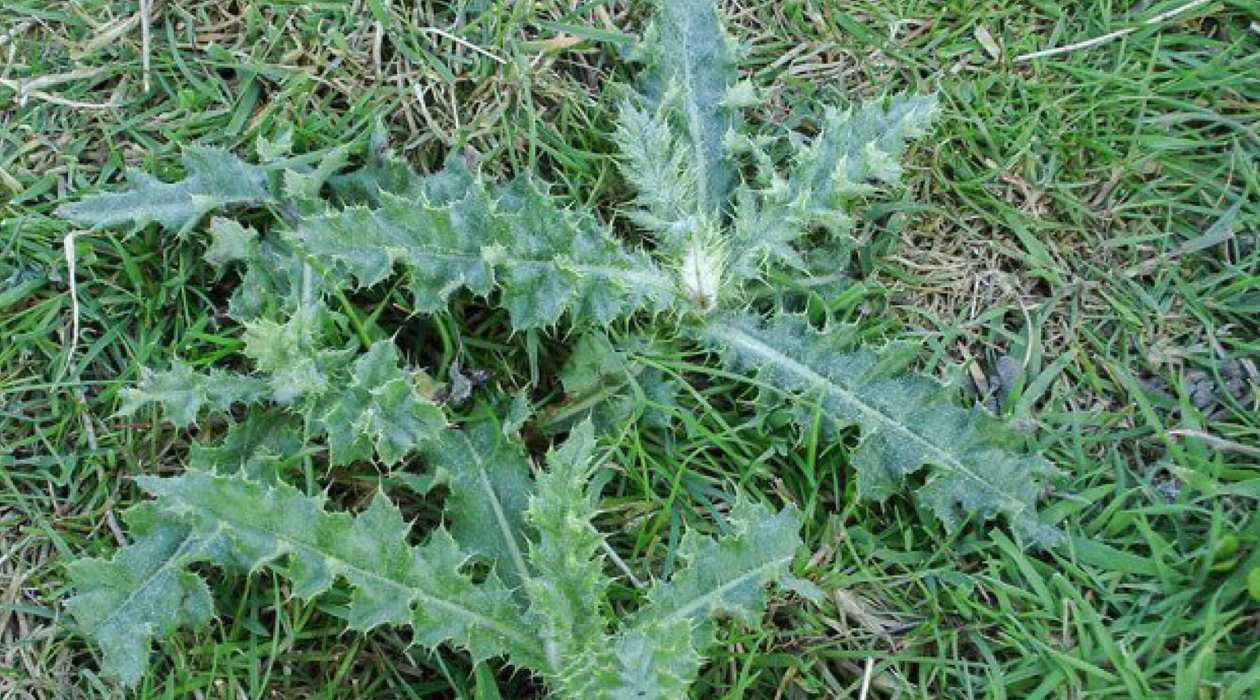
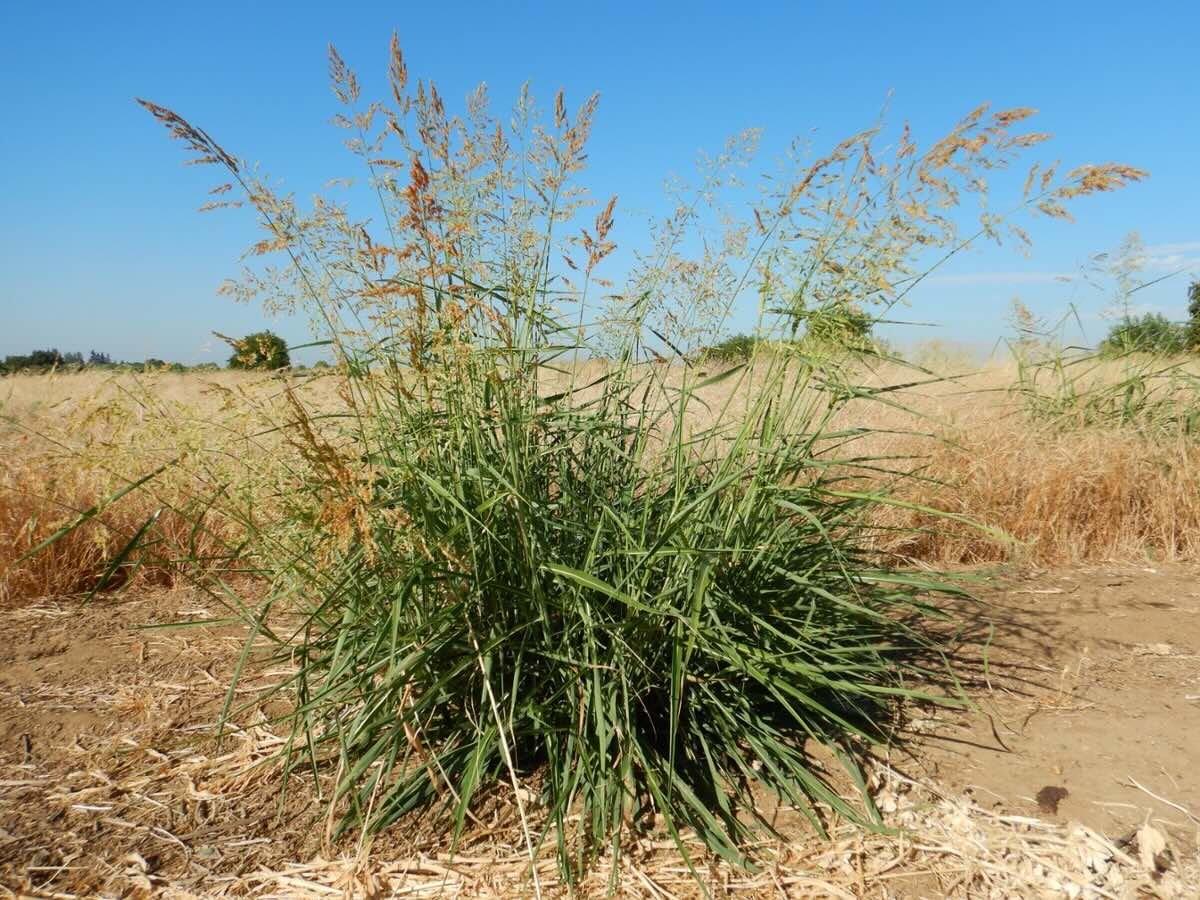
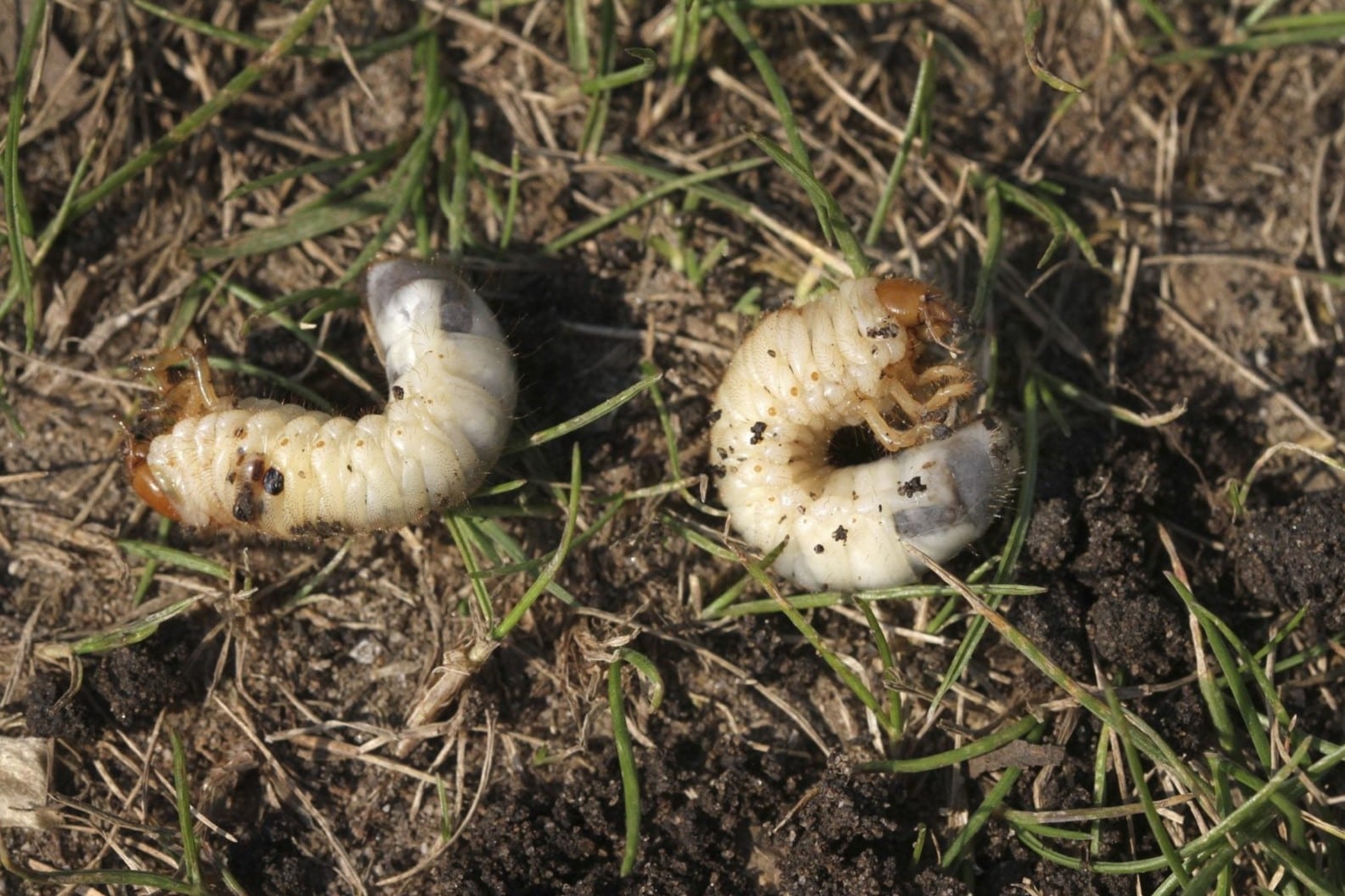
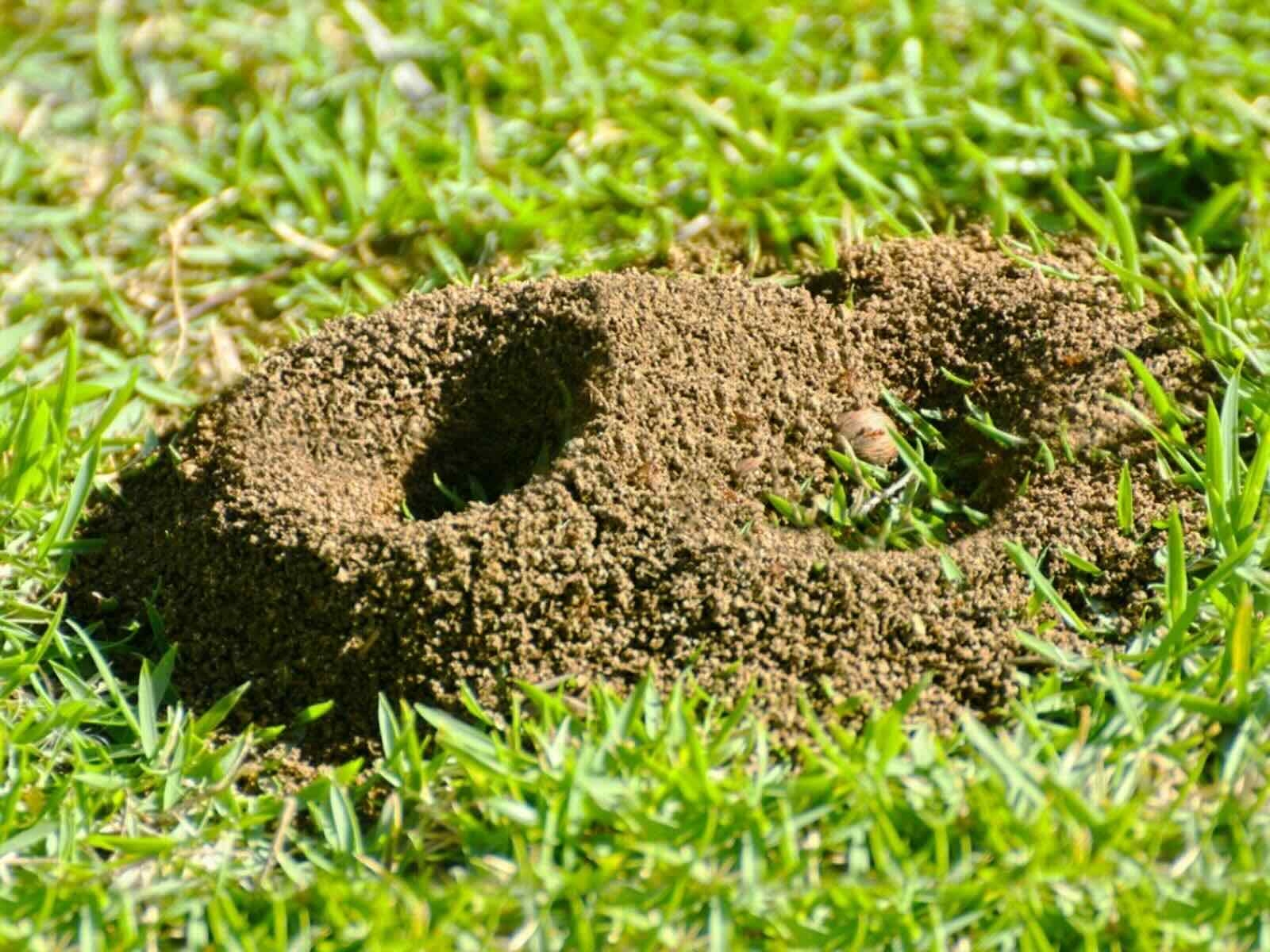
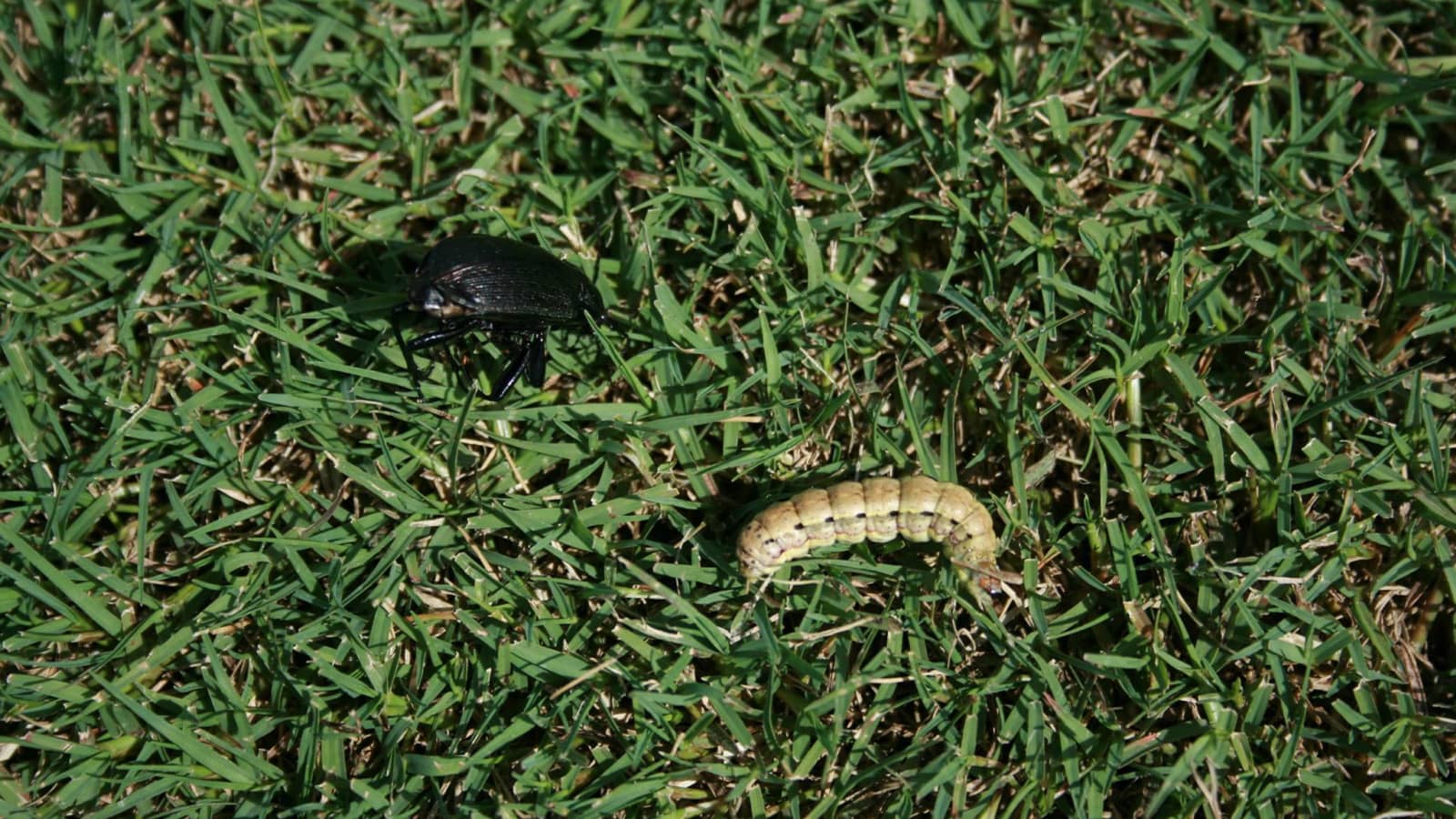
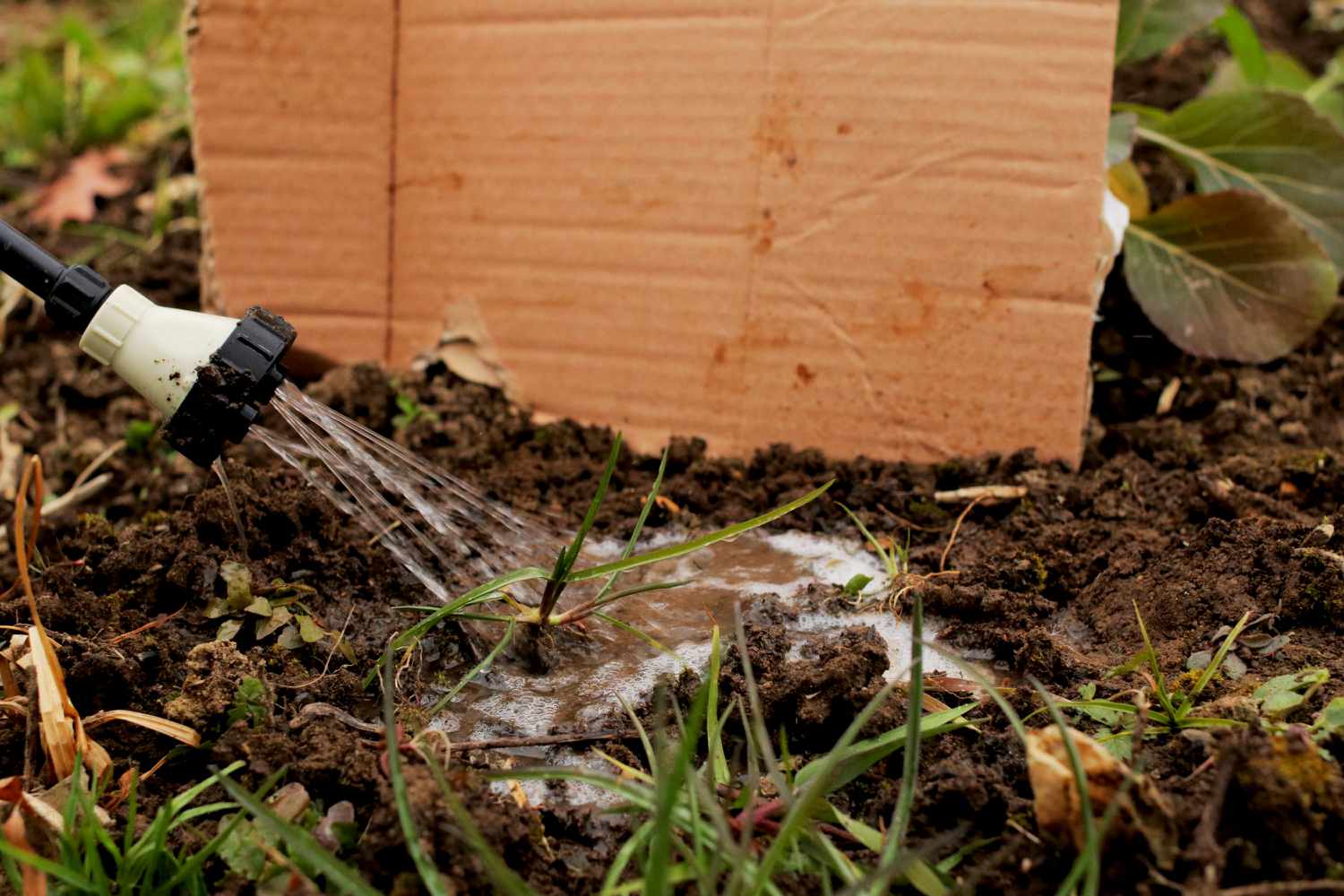
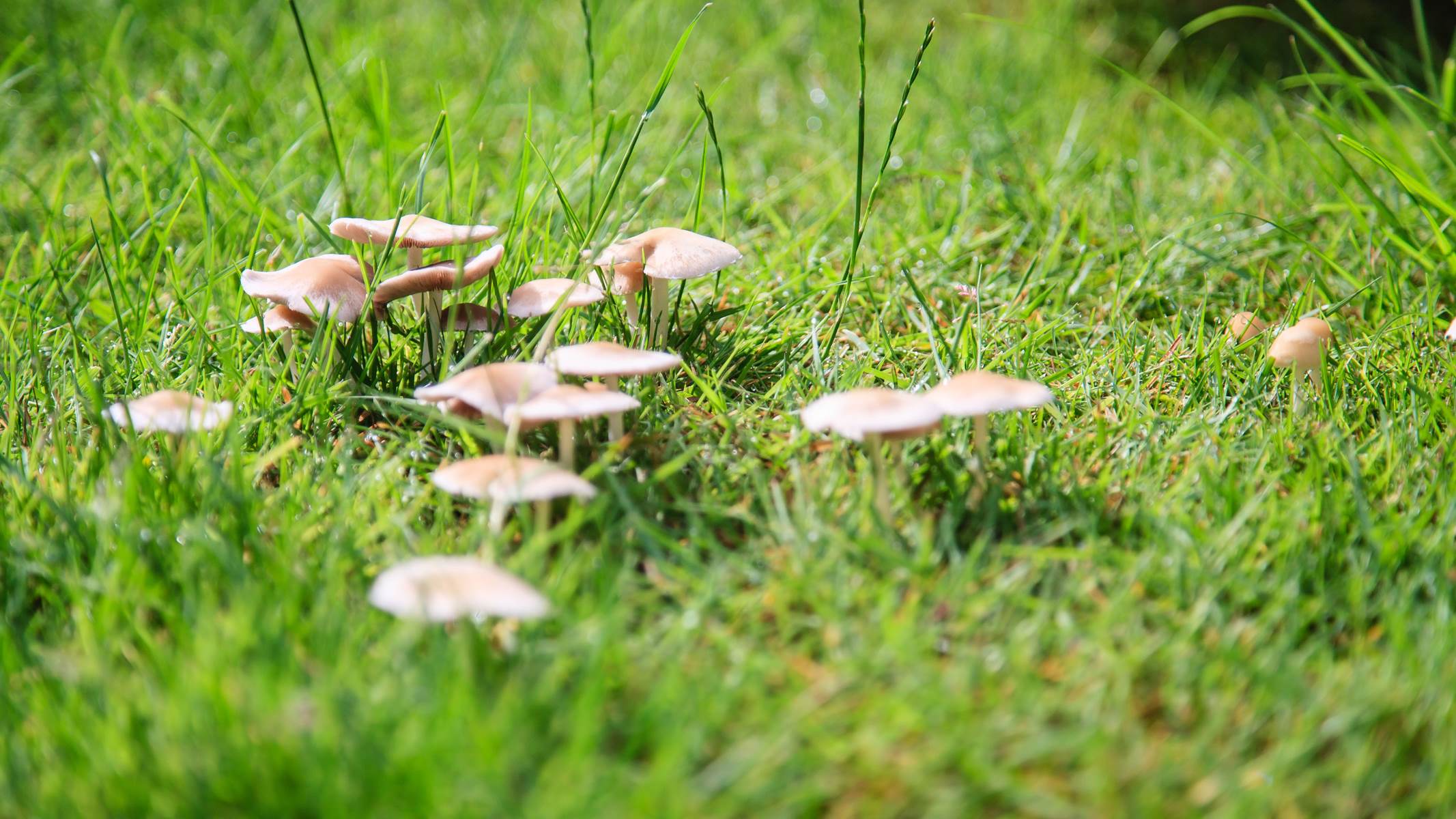
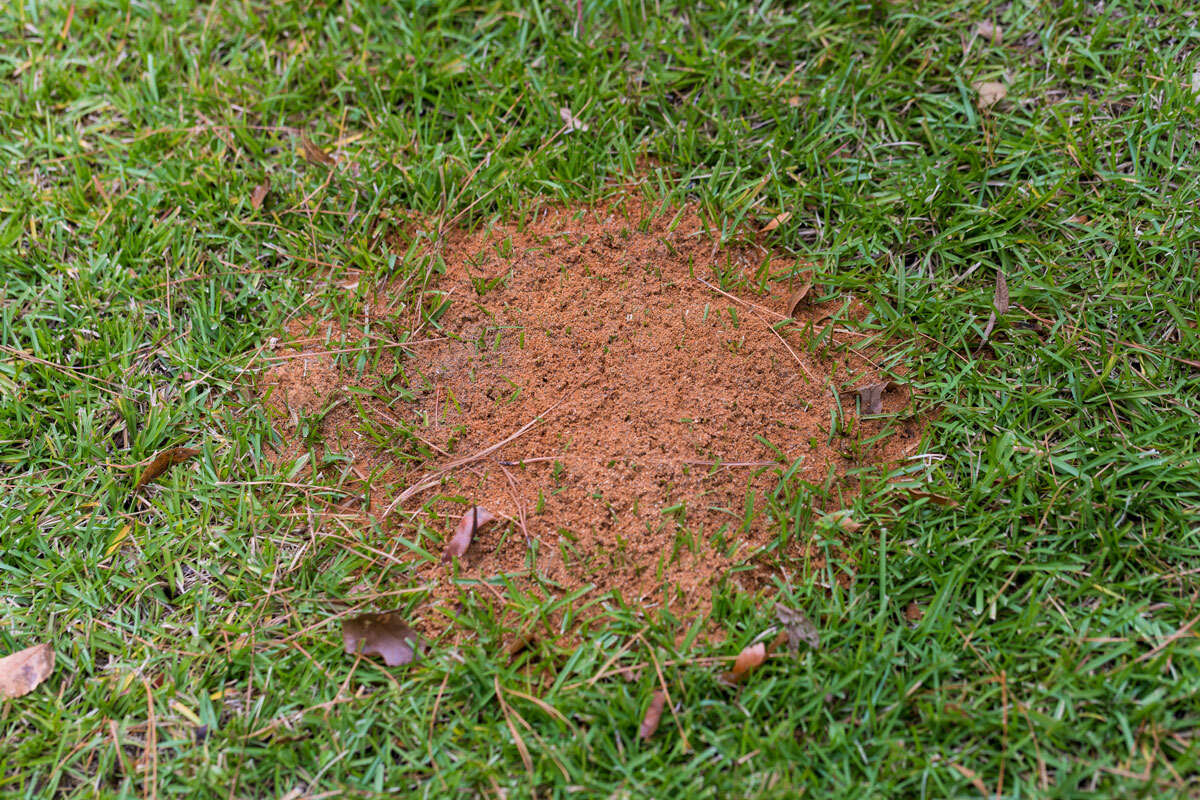
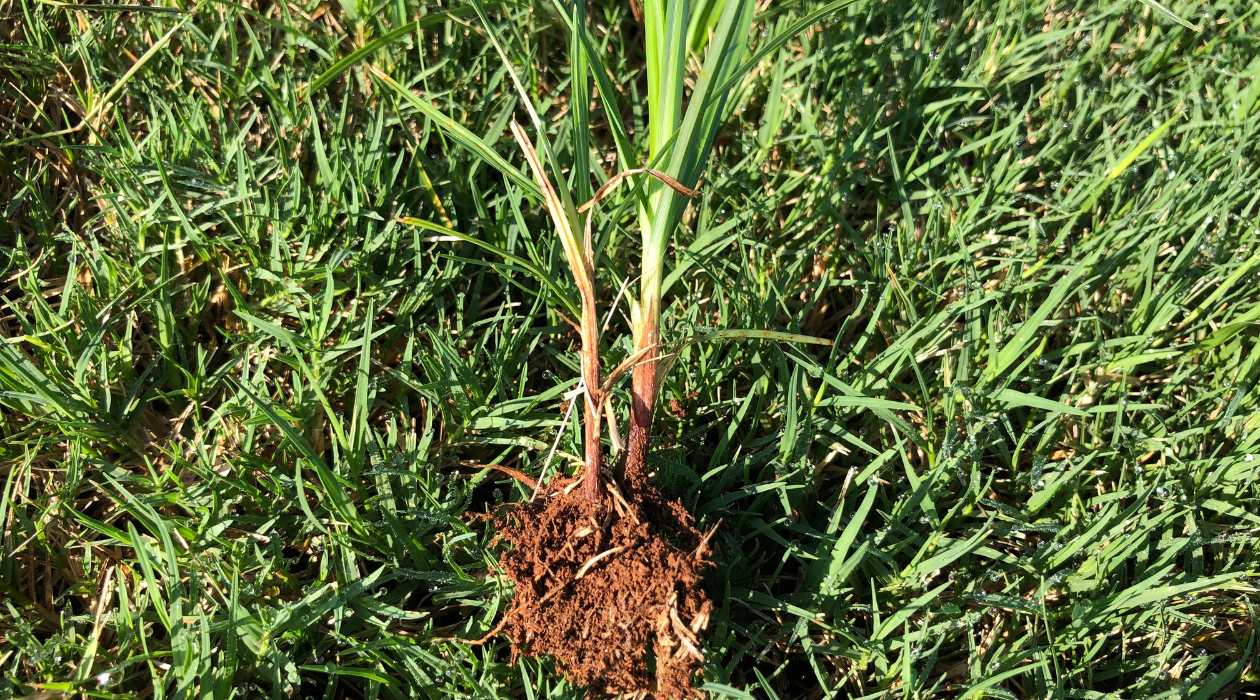
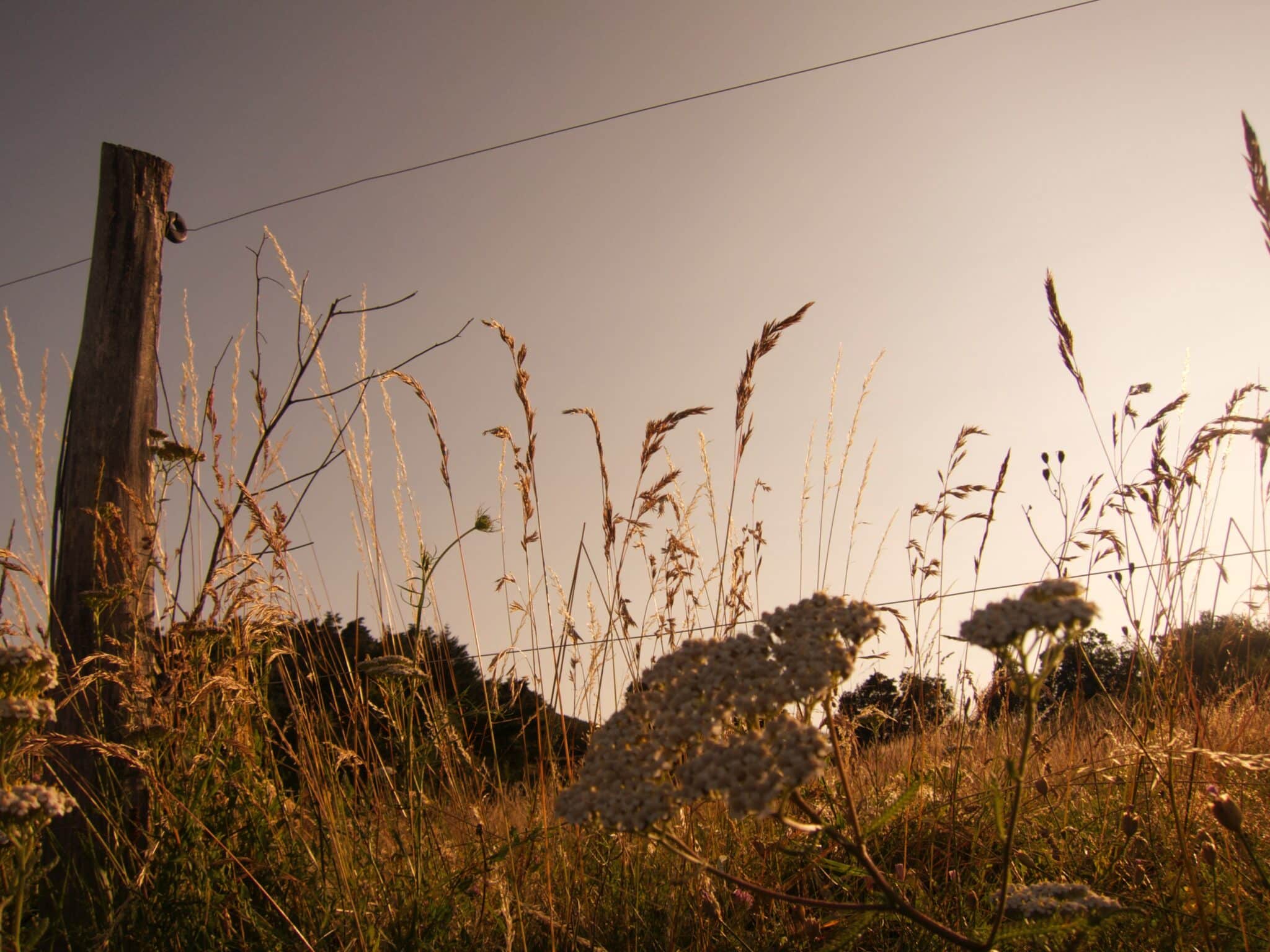
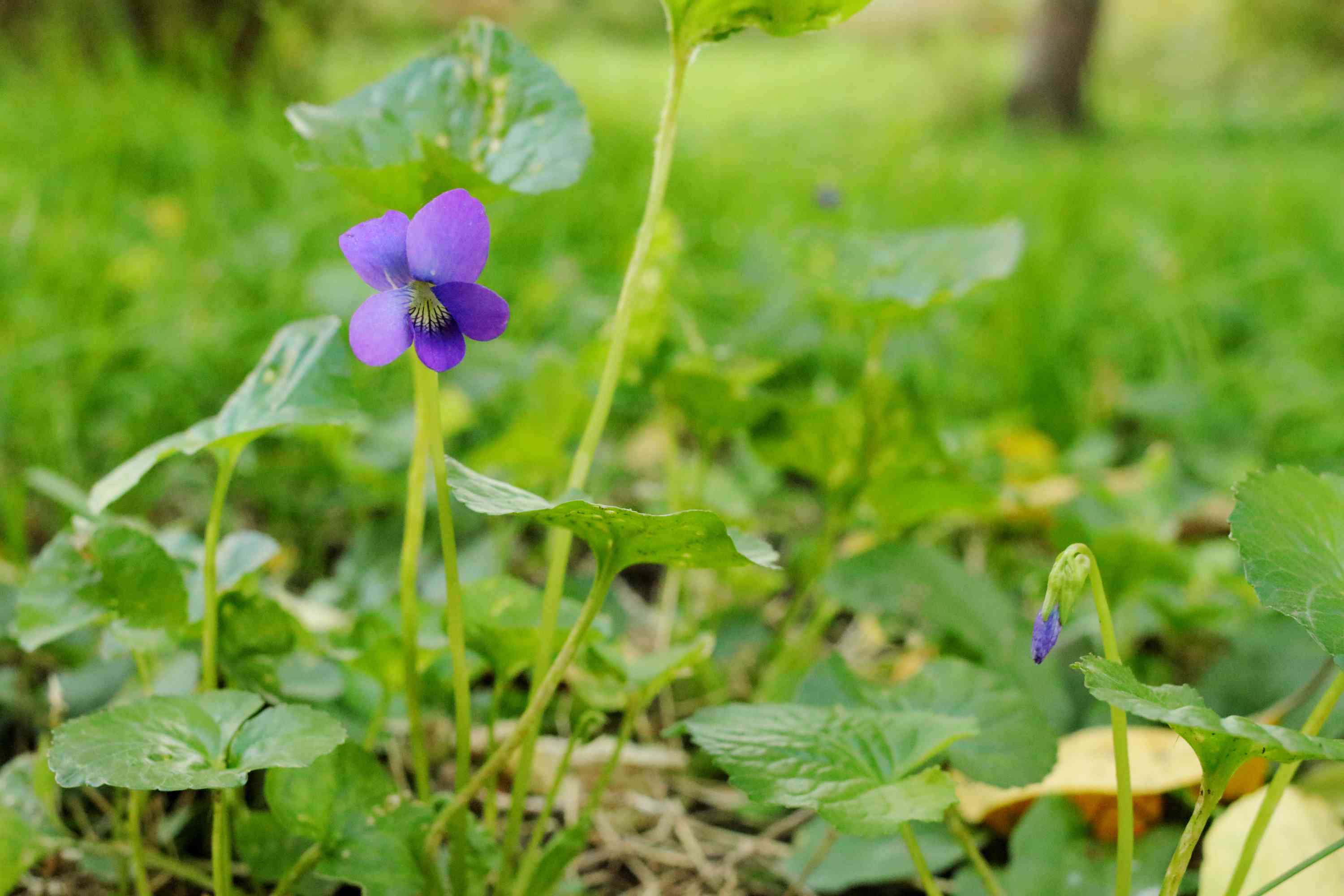
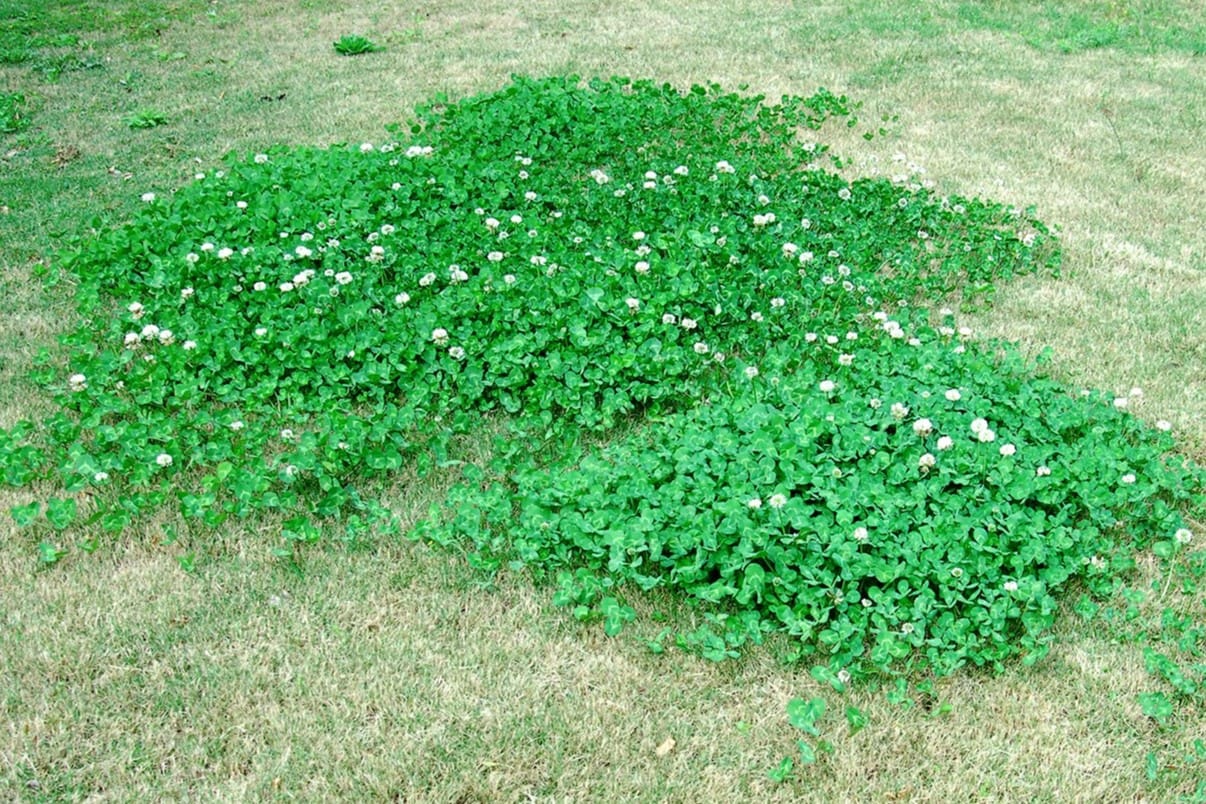
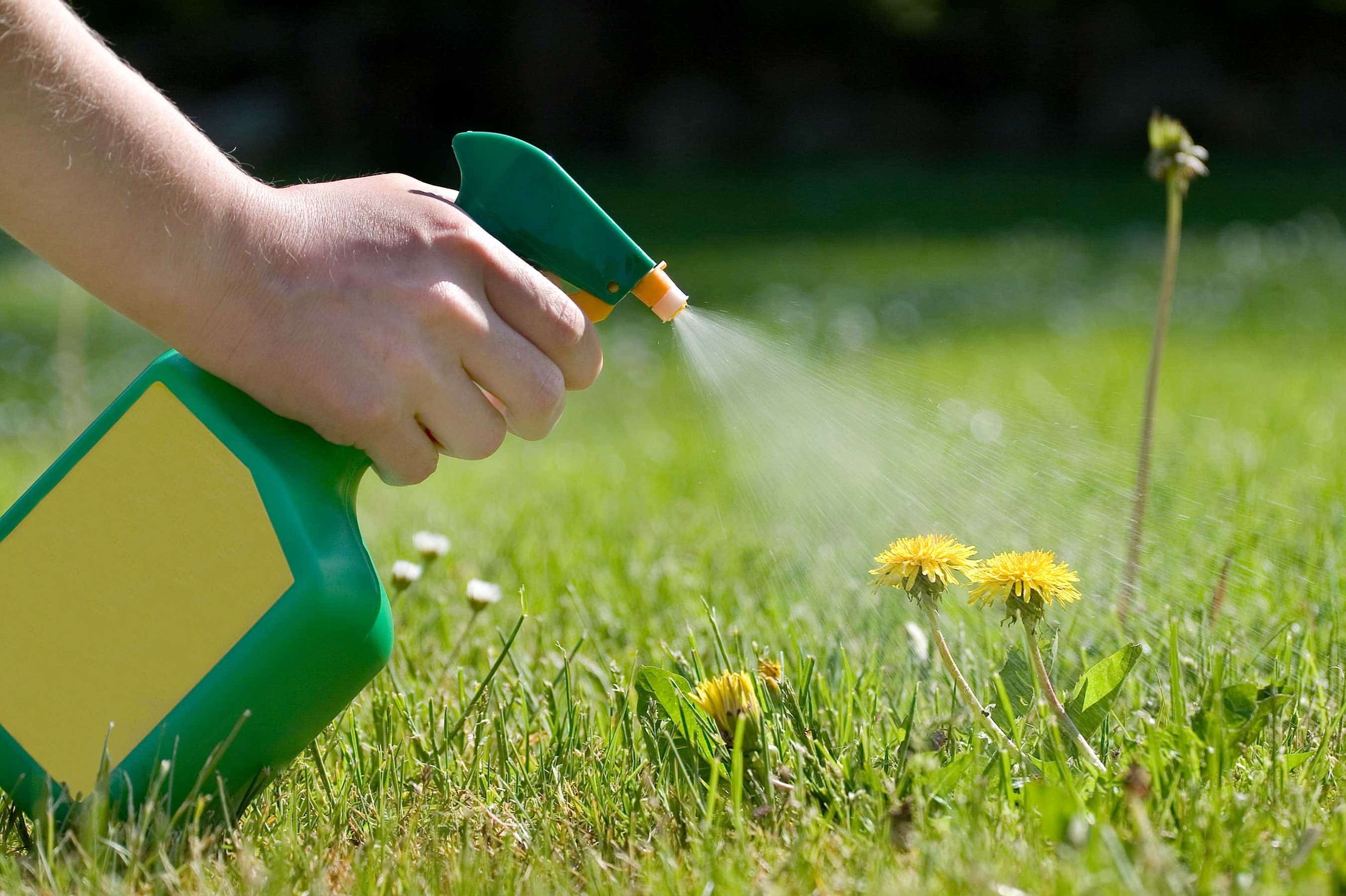
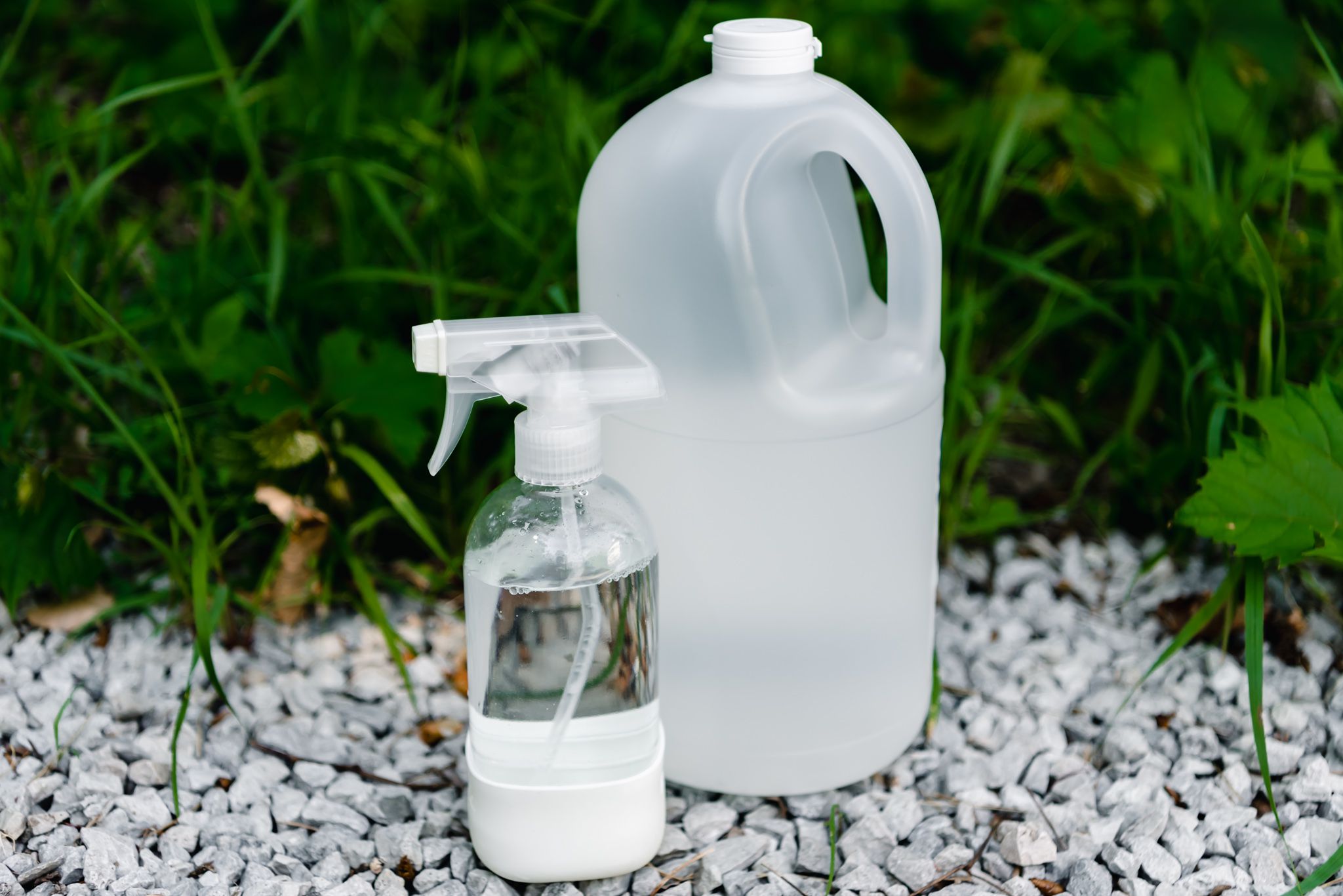

0 thoughts on “What Kills Grass Quickly”